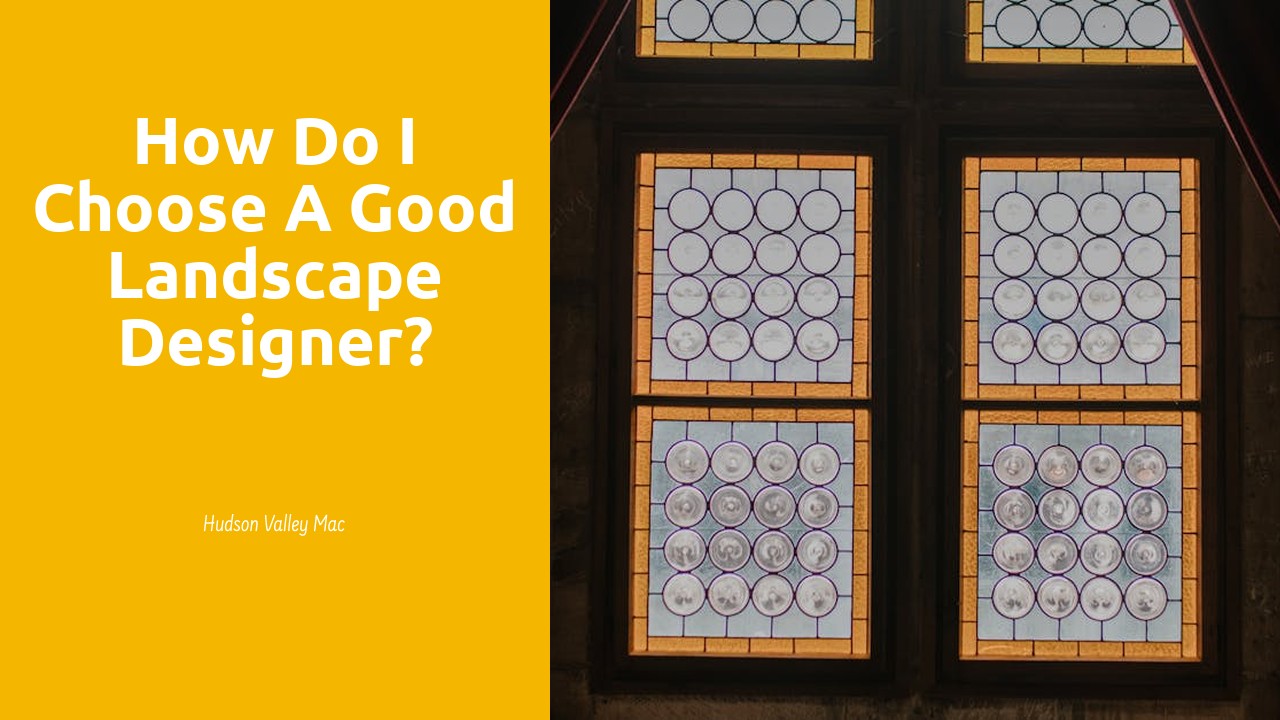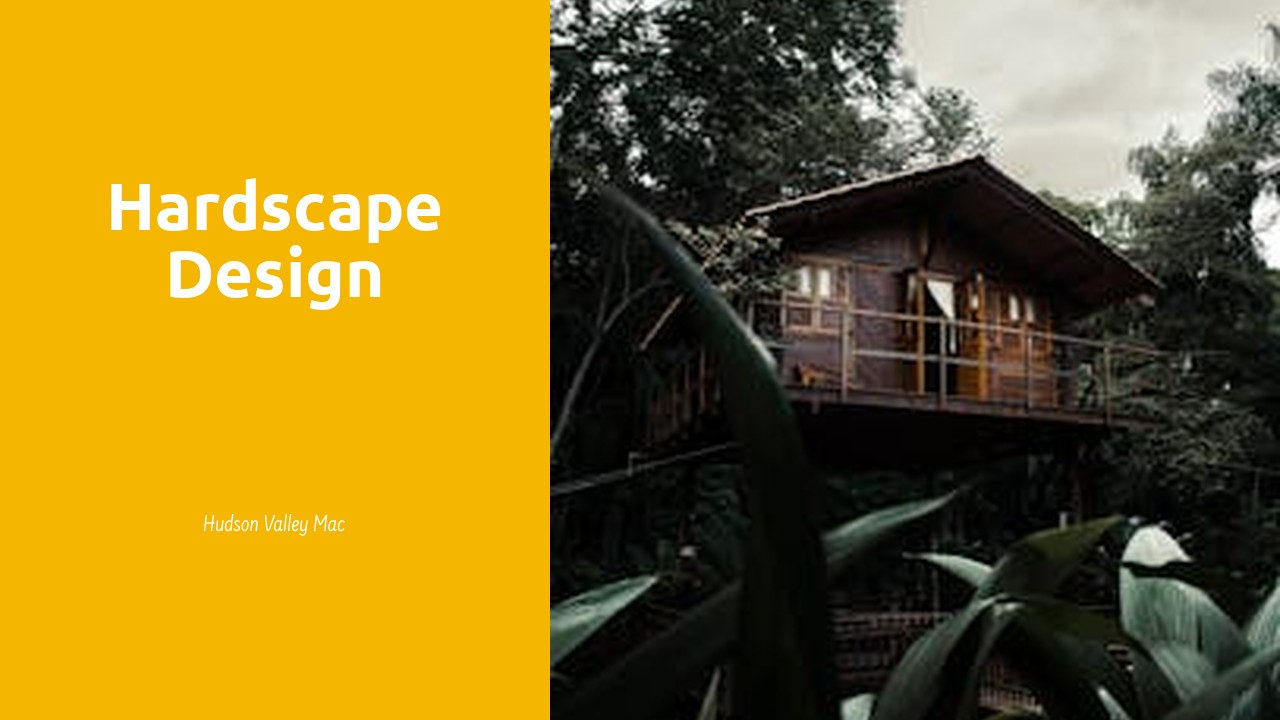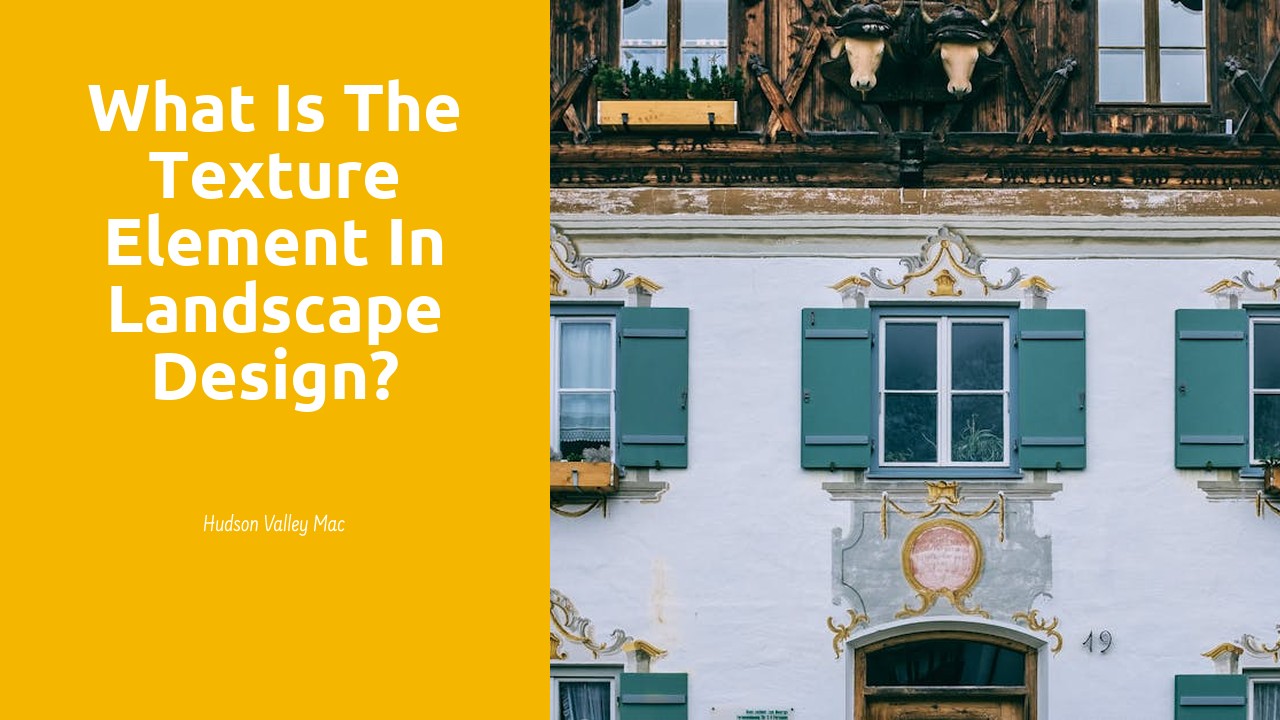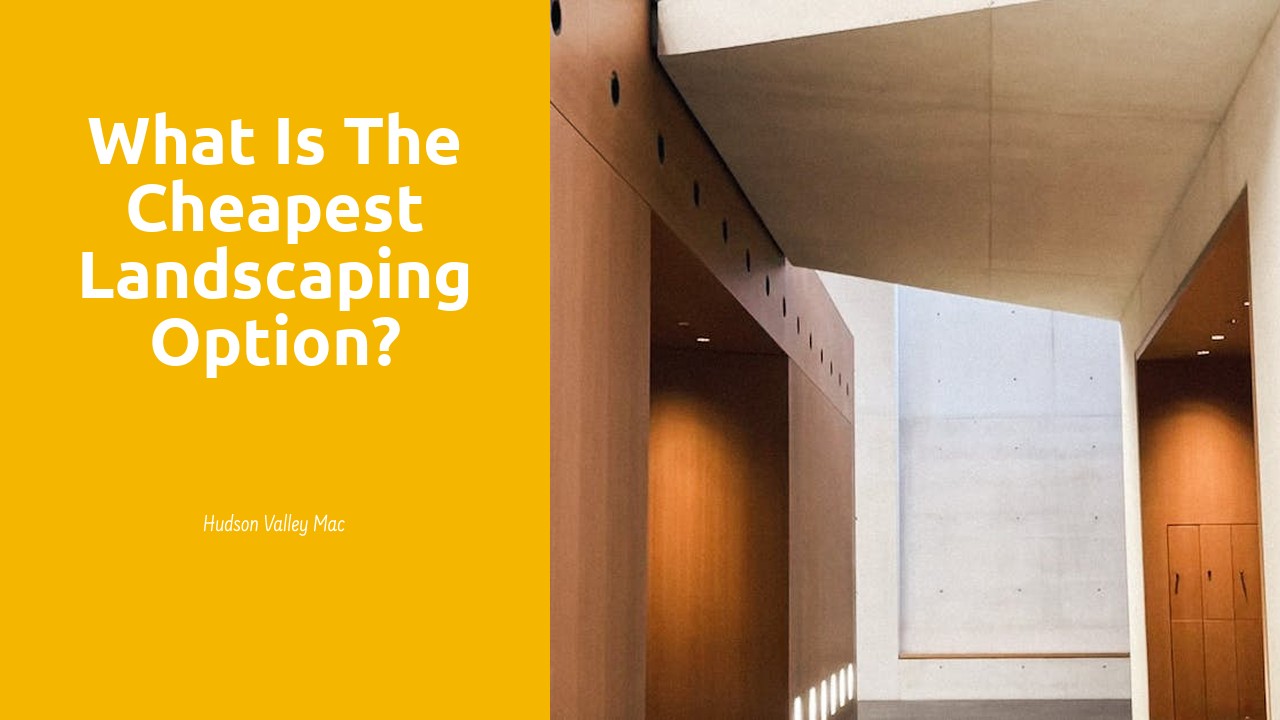
Table Of Contents
Sustainability and EcoFriendly Practices
When considering a landscape designer for your project, it is essential to prioritize sustainability and eco-friendly practices. The use of native plants and materials not only enhances the natural beauty of your outdoor space but also contributes to the local ecosystem by supporting biodiversity. Opting for sustainable practices, such as xeriscaping and rainwater harvesting, can significantly reduce water consumption and overall environmental impact. A reputable landscape designer will understand the importance of incorporating these eco-friendly elements into their designs, not only for the present but also for future generations. For instance, in Hardscape Design in St Thomas, integrating sustainable materials and practices can not only create a visually appealing outdoor space but also contribute to the overall well-being of the environment.
Use of Native Plants and Materials
Native plants and materials play a crucial role in creating a sustainable and environmentally friendly landscape design. When choosing a landscape designer, it is important to inquire about their use of native plants and materials in their projects. Utilizing native plants not only enhances the overall aesthetics of the landscape but also supports local biodiversity and reduces water consumption.
In the picturesque town of St. Thomas, landscape designers are increasingly incorporating native plants and materials into their designs to create a harmonious blend of nature and architecture. By embracing indigenous flora and natural elements, such as local stones and wood, landscape designers can achieve a seamless integration of Hardscape Design in St. Thomas that is not only visually appealing but also ecologically responsible.
Maintenance Plans and Aftercare Services
After the completion of your landscaping project, it is essential to inquire about the maintenance plans and aftercare services offered by the landscape designer. Proper care and maintenance are crucial for ensuring that your outdoor space thrives and remains visually appealing for years to come. A reputable landscape designer will provide you with detailed maintenance instructions tailored to your specific garden or outdoor area. For instance, if you have chosen to incorporate Hardscape Design in St Thomas, the designer should offer guidance on how to care for the hardscaping elements to ensure their longevity and aesthetic appeal. Regular maintenance is key to preserving the beauty of your landscape and preventing any damage or deterioration over time. Good landscape designers will often provide aftercare services or maintenance packages to help you keep your outdoor space in top condition. These services may include seasonal clean-ups, pruning, mulching, fertilizing, and regular inspections to address any issues promptly, ensuring the health and vitality of your garden. By investing in maintenance plans and aftercare services, you can enjoy a vibrant and well-maintained outdoor space that continues to enhance your property's value and beauty.
LongTerm Garden Management
Long-term garden management is a critical aspect to consider when selecting a landscape designer for your outdoor space. The ability of the designer to create a garden that thrives and evolves over time is key to ensuring the lasting beauty and functionality of your landscape. Utilizing sustainable practices and native plants, while integrating eco-friendly materials, is fundamental in creating a garden that is not only visually appealing but also harmonious with the environment. For example, in St. Thomas, hardscape design must be carefully planned to withstand the local climate and soil conditions, ensuring durability and longevity.
Collaboration with other professionals, such as architects or contractors, is essential in achieving a cohesive and well-executed garden design. The landscape designer should have the expertise to communicate effectively with other professionals involved in the project to ensure that the design objectives are met seamlessly. This collaboration can lead to innovative solutions and a well-integrated design that accentuates the natural beauty of the surroundings, particularly when it comes to incorporating elements like Hardscape Design in St. Thomas.
Collaboration with Other Professionals
When selecting a landscape designer, it is crucial to consider their ability to collaborate effectively with other professionals in the field. This collaboration often involves working alongside architects, contractors, and other experts to ensure a seamless and cohesive design process. For instance, a landscape designer in St. Thomas must be able to coordinate with professionals specializing in hardscape design to create harmonious outdoor spaces that blend natural elements with structured features seamlessly.
Furthermore, by engaging with various professionals throughout the design and implementation stages, landscape designers can tap into a diverse range of expertise, resulting in enriched and more comprehensive project outcomes. This collaboration not only enhances the visual appeal of the landscape but also contributes to the functional aspects of the design, ensuring that the outdoor space is both aesthetically pleasing and practical. In the context of St. Thomas, where the integration of hardscape elements is essential for creating durable and visually appealing outdoor environments, effective collaboration with specialists in this area is paramount for achieving a successful landscape design.
Coordination with Architects or Contractors
When selecting a landscape designer, it is imperative to consider their ability to coordinate effectively with architects or contractors. This collaborative aspect ensures that the landscaping design seamlessly integrates with any existing or upcoming construction projects. Clear communication and cooperation between all parties involved are key to the successful realization of the envisioned outdoor space. In locations like St Thomas, where landscaping and architectural elements come together to create harmonious outdoor spaces, such coordination is crucial for a cohesive end result.
A landscape designer who can work hand in hand with architects and contractors brings a higher level of professionalism and expertise to the project. This collaboration ensures that the hardscape design in St Thomas, including elements such as patios, walkways, and retaining walls, aligns perfectly with the overall architectural vision. By involving all professionals from the early stages of the project, potential conflicts or design inconsistencies can be identified and resolved proactively, leading to a more efficient and aesthetically pleasing outcome.
FAQS
What qualifications should I look for in a landscape designer?
When choosing a landscape designer, look for qualifications such as formal education in landscape architecture or horticulture, relevant experience in the field, and any certifications or memberships with professional organizations.
How can I determine if a landscape designer practices sustainability and eco-friendly methods?
To assess a landscape designer's commitment to sustainability, inquire about their use of environmentally friendly practices, such as water conservation techniques, organic gardening methods, and incorporation of native plants to support local ecosystems.
What are the benefits of using native plants and materials in landscaping designs?
Using native plants and materials in landscaping designs can promote biodiversity, reduce water consumption, and create a harmonious integration with the natural environment, ultimately resulting in lower maintenance requirements and a more resilient landscape.
How important is it for a landscape designer to provide maintenance plans and aftercare services?
A good landscape designer should offer comprehensive maintenance plans and aftercare services to ensure the long-term health and beauty of your outdoor space, including regular maintenance schedules, plant care instructions, and access to ongoing support and advice.
What should I consider when evaluating a landscape designer's long-term garden management approach?
When assessing a landscape designer's long-term garden management approach, consider factors such as their expertise in plant selection, soil health management, pest control strategies, and ability to adapt to changing environmental conditions over time.
How can a landscape designer's collaboration with other professionals benefit the overall project?
Collaborating with other professionals, such as architects or contractors, can enhance the quality and efficiency of a landscaping project by ensuring seamless coordination of design elements, construction processes, and implementation of specialized expertise to achieve a cohesive and successful outcome.






